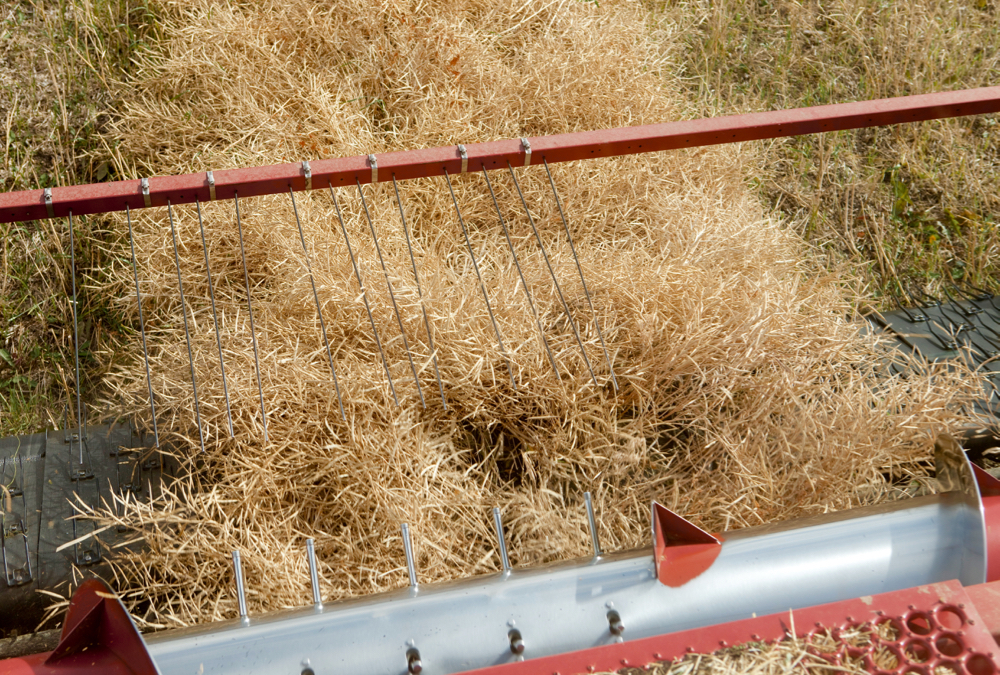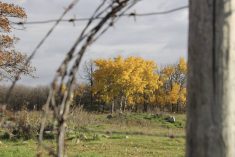MarketsFarm — Saskatchewan Agriculture on Thursday issued its first weekly crop report of 2022, showing only one per cent of all crops in the ground. The report cited cool temperatures and spring snowstorms holding back many farmers getting into their fields.
The overall five-year average at this time of year is five per cent complete. This time last year, farmers were at nine per cent done. The department said progress this spring will pick up once it’s dry enough.
Of the crops already seeded, spring wheat, barley and field peas led the way at four per cent finished. Durum followed at three per cent and lentils at two.
Read Also

Alberta harvest wrapping up: report
Harvest operations advanced to 96 per cent complete in Alberta as of Oct. 7, with only a few late-seeded cereal and canola fields remaining, according to the latest provincial crop report.
There have been reports of winterkill on winter wheat, fall rye and other crops planted last fall. The extent at this time is uncertain as the damage continued to be assessed. The hardest hit region of the province was the southwest, due to a lack of sufficient snow cover.
Although spring runoff was better this spring than last, Saskatchewan Agriculture stressed the need for timely rains to maintain sufficient moisture. The report placed cropland topsoil moisture levels at five per cent surplus, 55 adequate, 26 short and 14 very short. Hay and pasture lands rated two per cent surplus, 52 adequate, 29 short and 17 very short.
Not only will timely rains be needed to sustain crops, but also for livestock, despite dugouts, sloughs and other water sources being replenished this spring. The department noted pasture didn’t winter very well, with conditions listed as zero per cent excellent, 12 good, 22 fair, 37 poor and 29 very poor.
Added to that have been issues with forage supplies, which were pegged at 35 per cent adequate and 65 inadequate. Feed grain supplies were estimated at 55 per cent adequate and 45 inadequate.
















